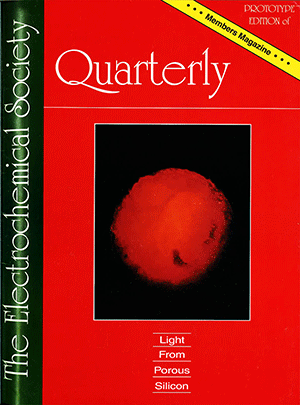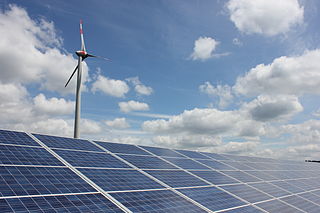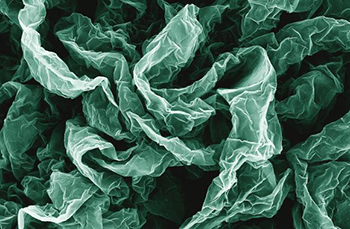Glucose monitoring has had a long history with electrochemical science and technology. While ECS Honorary Member Adam Heller’s continuous glucose monitoring system for diabetes management may be the first innovation that comes to mind, there is a new electrochemical bio-sensing tool on the horizon.
(WATCH: ECS Masters – Adam Heller)
Researchers have combined graphene with a tiny amount of gold to enhance the wonder material’s properties and develop a flexible skin patch to monitor blood glucose and automatically administer drugs as needed.
This from Extreme Tech:
[As] cool as a non-invasive blood-glucose monitor is, it’s nearly as revolutionary as what comes next: treatment. The patch is studded with “microneedles” that automatically cap themselves with a plug of tridecanoic acid. When high blood-glucose levels are detected, the patch heats a small heater on the needles which deforms the plug and allows the release of metformin, a common drug for treatment of type 2 diabetes. Cooling naturally restores the plug and stops drug release.
This development is a huge stepping stone in the transformation of graphene as a laboratory curiosity to a real product. While it has taken a while due to the questions of the new material’s intrinsic properties, researchers believe that graphene-based products could soon be hitting the market.







